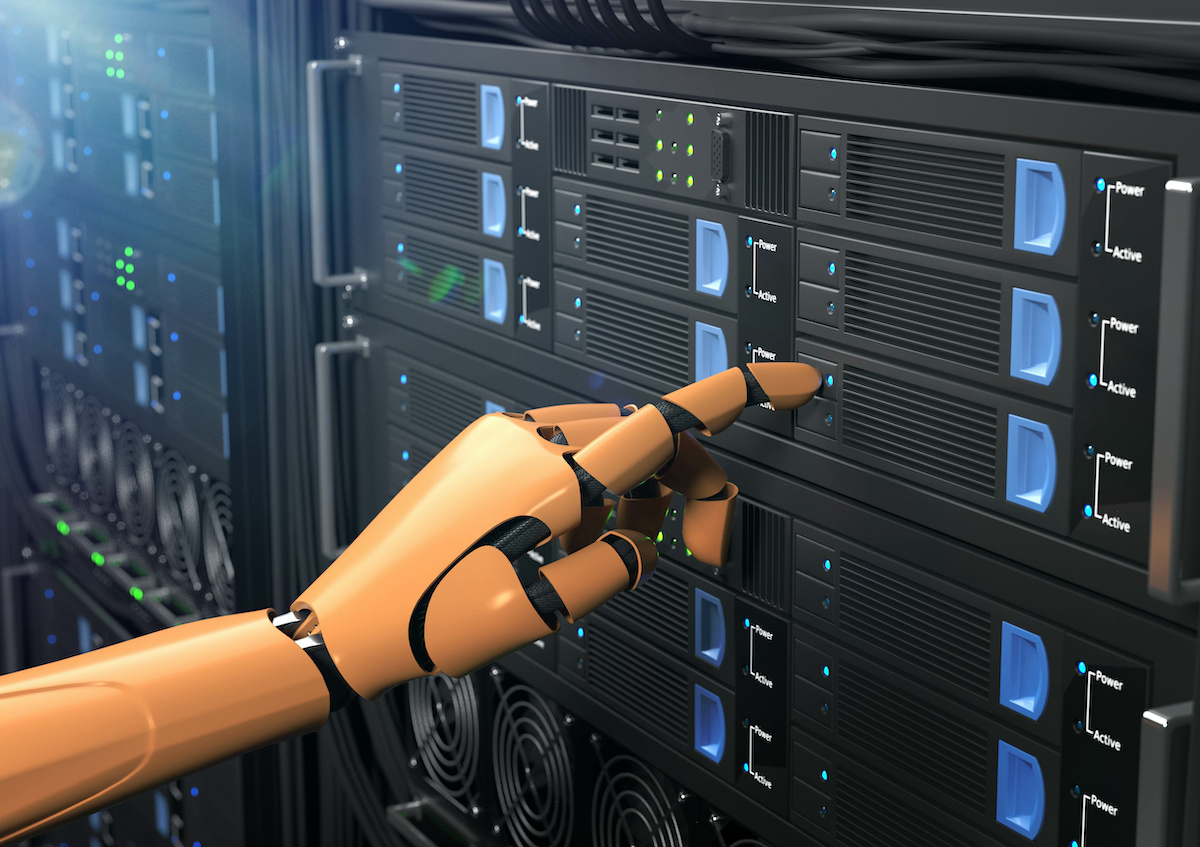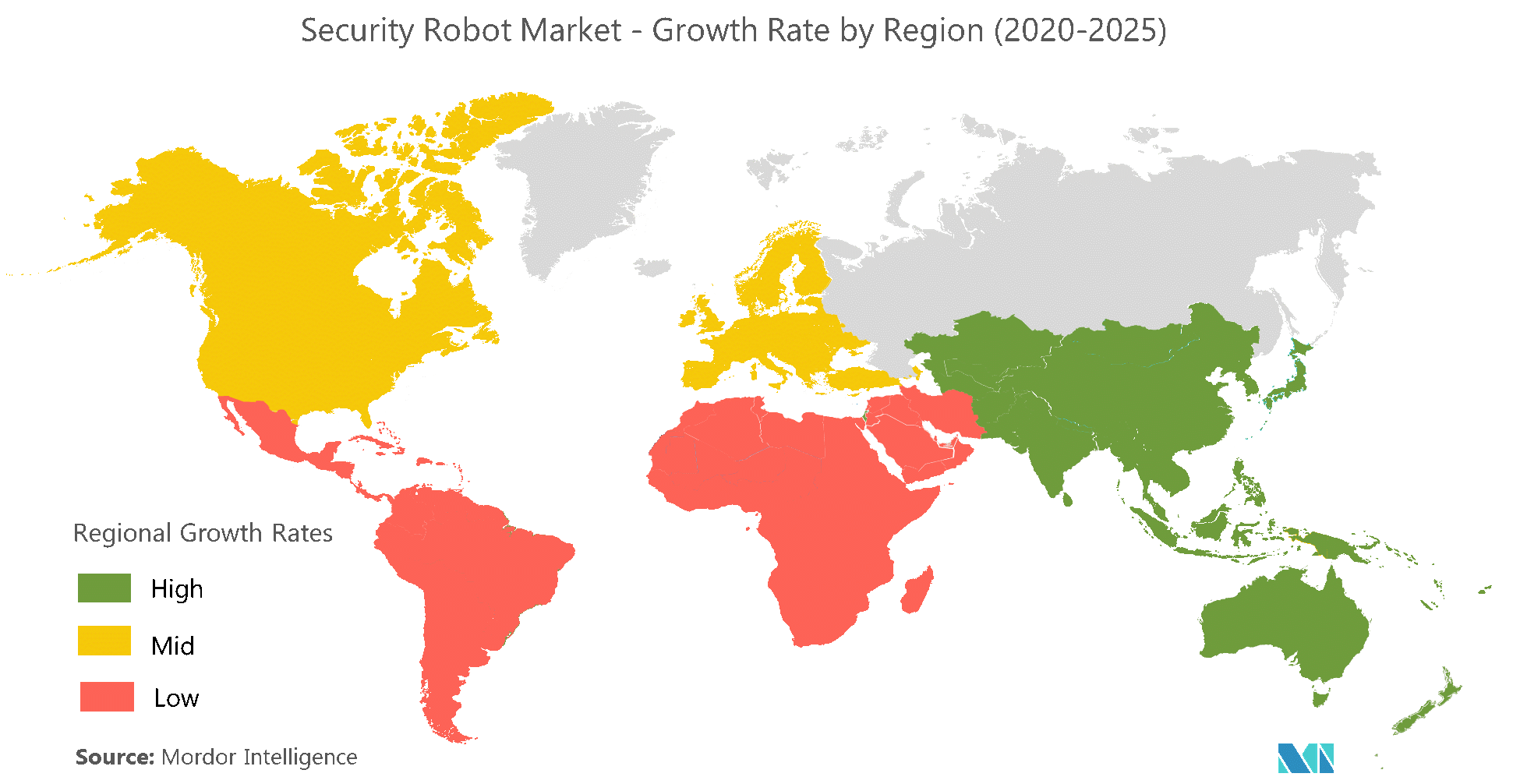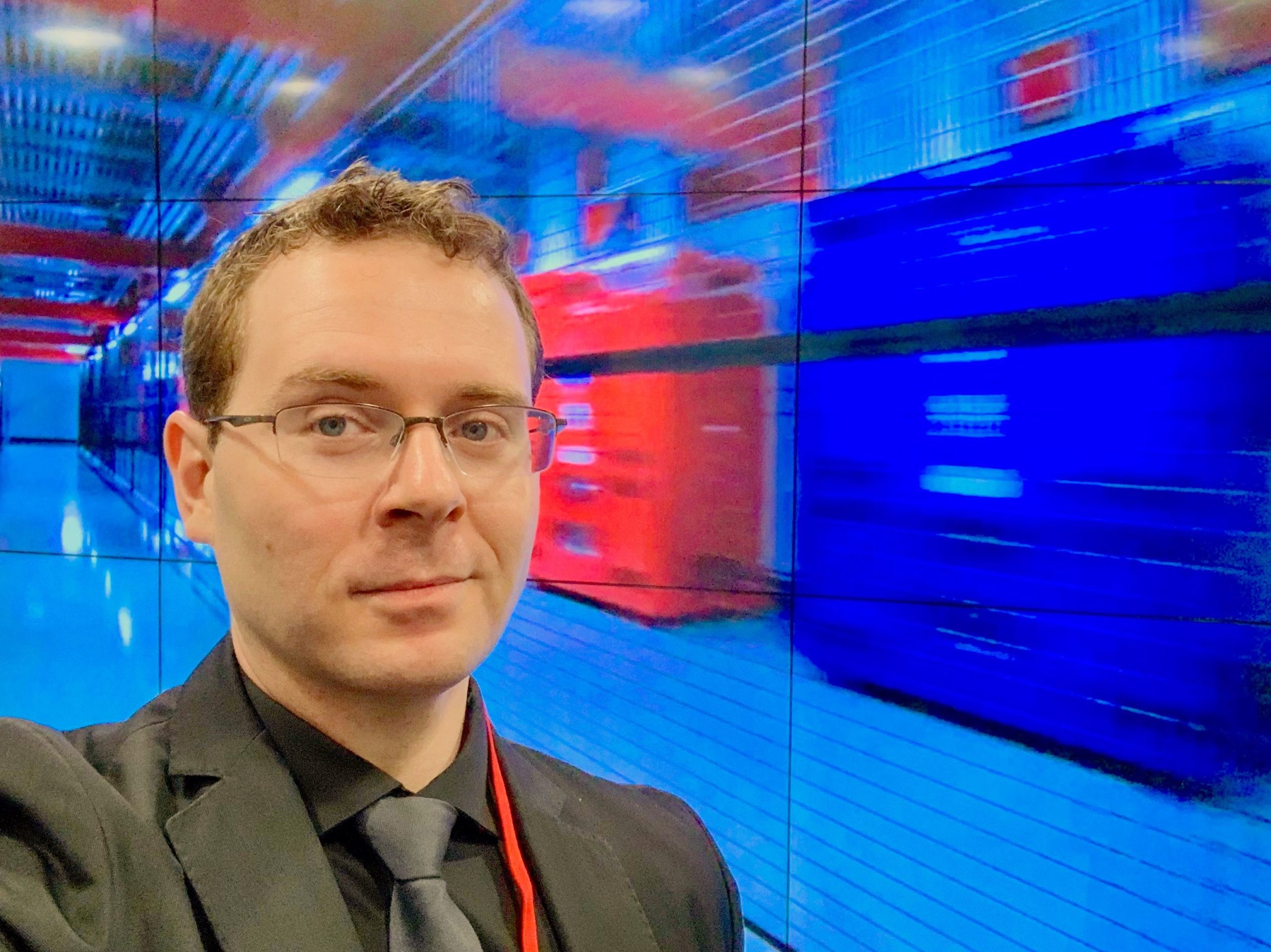Are Robots Taking Over the Data Center?17 min read

Before I start getting a ton of ‘fan’ mail about robots in the data center, let’s pause and take a quick throwback look at 2013.
Writing as a contributing editor for Data Center Knowledge, I had the chance to cover two fascinating stories:
This was also the time that IBM made the headlines with a quirky robotics solution. That is a Roomba in their data center. In this case, they used a ‘hacked’ version of the Roomba Robot to install a sensor poll to take environmental measurements throughout their entire data center. So, not only did they have the cleanest floors in the industry, but they also knew a lot about their airflow and where they could make environmental changes.
In my DCK blogs, I discussed how there is an evolution happening within the modern data center. Giant data center operators like Google and Amazon are quietly redefining the future of the data center. This includes the integration of robotics to create a lights-out, fully automated data center environment.
In my research, I asked Senior Robotics Engineer Scott Jackson from FANUC what he thought were some of the most significant robotics advancements and how they can help the data center industry:
“By far, the biggest advancement in industrial robotics has been adaptable technologies like machine vision, force sensing, and learning vibration control. This stuff is not “new” to robotics, but it has recently become affordable enough that it can be used to replace old-fashioned, complicated, and expensive mechanical automation. A side effect of this has been that these new capabilities open up entirely new markets to robotics when it had previously been cost-prohibitive to do so. More people are putting cameras on robots than ever before, and that increased demand has also led to increased development, making integration even easier.”
Let’s jump back to the present-day. I do not doubt that you’ve seen more robotics over the past couple of years than ever before. Between Boston Dynamics Robotics, autonomous vehicles, and connecting intelligent robotics, the world of automation and robots have picked up. According to IDC, worldwide spending on robotics systems and drones rose to about be $130 billion in 2020, an increase of 17.1% over 2019. By 2023, IDC expects this spending will reach $241.4 billion with a compound annual growth rate (CAGR) of 19.8%.
The big question though, becomes use-case and feasibility.
First, let’s look at security at data center facilities and even at the edge. A recent study from Mordor Intelligence defines security robots as machines with locomotive capabilities, which can collect data for security purposes, and in some cases, act upon this data if required. This information is collected through various sensors, such as ultrasonic or infrared devices, cameras, radars, thermal sensors, LiDAR, and others.
The study points out that the United States has 325 million people. Only 700,000 local, state and federal police officers are charged with protecting and serving. As people and resources become even more distributed, the security burden to complete their job effectively becomes even more challenging. This is precisely where the adoption of intelligent and autonomous robotics aims to bridge the gap.

Automation and Robotics in the Data Center
Here’s where it gets interesting. The latest AFCOM State of the Data Center 2021 report, for the first time, dives into findings around the question of robotics and automation. Here’s a sneak peek at the results. Over 40% believe that robotics and automation will be leveraged in the data center. This means that our industry sees the benefit of leveraging more intelligent, autonomous systems for smaller tasks and distributed environments.
Another critical factor is that robotics is not here to replace us. A significant evolutionary point happened in how we see and view automation instead of how we saw it in 2013. Now, these machines are being built as human-centric solutions. They are designed to augment our capabilities and allow humans to bring more value to the business.
Another fun example where robotics is being used is in the actual design and construction of technology facilities. During a virtual road trip with Oracle, I had the chance to study an Innovation Lab being built in Chicago leveraging Boston Dynamics robotics. In the video, we see how the Boston Dynamics Spot is equipped with various sensors and lasers to autonomously scan the worksite to ensure social distancing, safety, contactless site deliveries, and much more.
Robots and the Future
The good news is that we are finally starting to see the real-world use-cases around robotics and automation. The other fun point is that these machines help us gain more value in what we do every day.
The challenge, however, will still be cost and complexity. It’ll be important for leaders to clearly define use-cases and ensure their robotics platform is an enabler, not something that weighs down the business. Automation and robotics technologies are designed to make our lives, hopefully easier. We know that the future will be much more distributed with growing points of computing and edge resources. Sometimes there will be people at these facilities. Sometimes there won’t be. Robotics can be used in manufacturing, concierge services, healthcare, edge and data center, construction, and much more. We may still be a ways away from having a robot rack and stack a data center on its own. But, new functions and use-cases for robotics are emerging. And, as Scott Jackson mentioned during my updated conversation with him today, “Robotics is so much smarter than when we last talked about it. The use-cases and drivers are only continuing to grow. It’s an exciting time.”
Feel free to sound off on some fun use-cases you see robotics performing in the near future!
Real-time monitoring, data-driven optimization.
Immersive software, innovative sensors and expert thermal services to monitor,
manage, and maximize the power and cooling infrastructure for critical
data center environments.
Real-time monitoring, data-driven optimization.
Immersive software, innovative sensors and expert thermal services to monitor, manage, and maximize the power and cooling infrastructure for critical data center environments.

Bill Kleyman
Industry Analyst | Board Advisory Member | Writer/Blogger/Speaker | Contributing Editor | Executive | Millennial
Bill Kleyman is an award-winning data center, cloud, and digital infrastructure leader. He was ranked globally by an Onalytica Study as one of the leading executives in cloud computing and data security. He has spent more than 15 years specializing in the cybersecurity, virtualization, cloud, and data center industry. As an award-winning technologist, his most recent efforts with the Infrastructure Masons were recognized when he received the 2020 IM100 Award and the 2021 iMasons Education Champion Award for his work with numerous HBCUs and for helping diversify the digital infrastructure talent pool.
As an industry analyst, speaker, and author, Bill helps the digital infrastructure teams develop new ways to impact data center design, cloud architecture, security models (both physical and software), and how to work with new and emerging technologies.
0 Comments